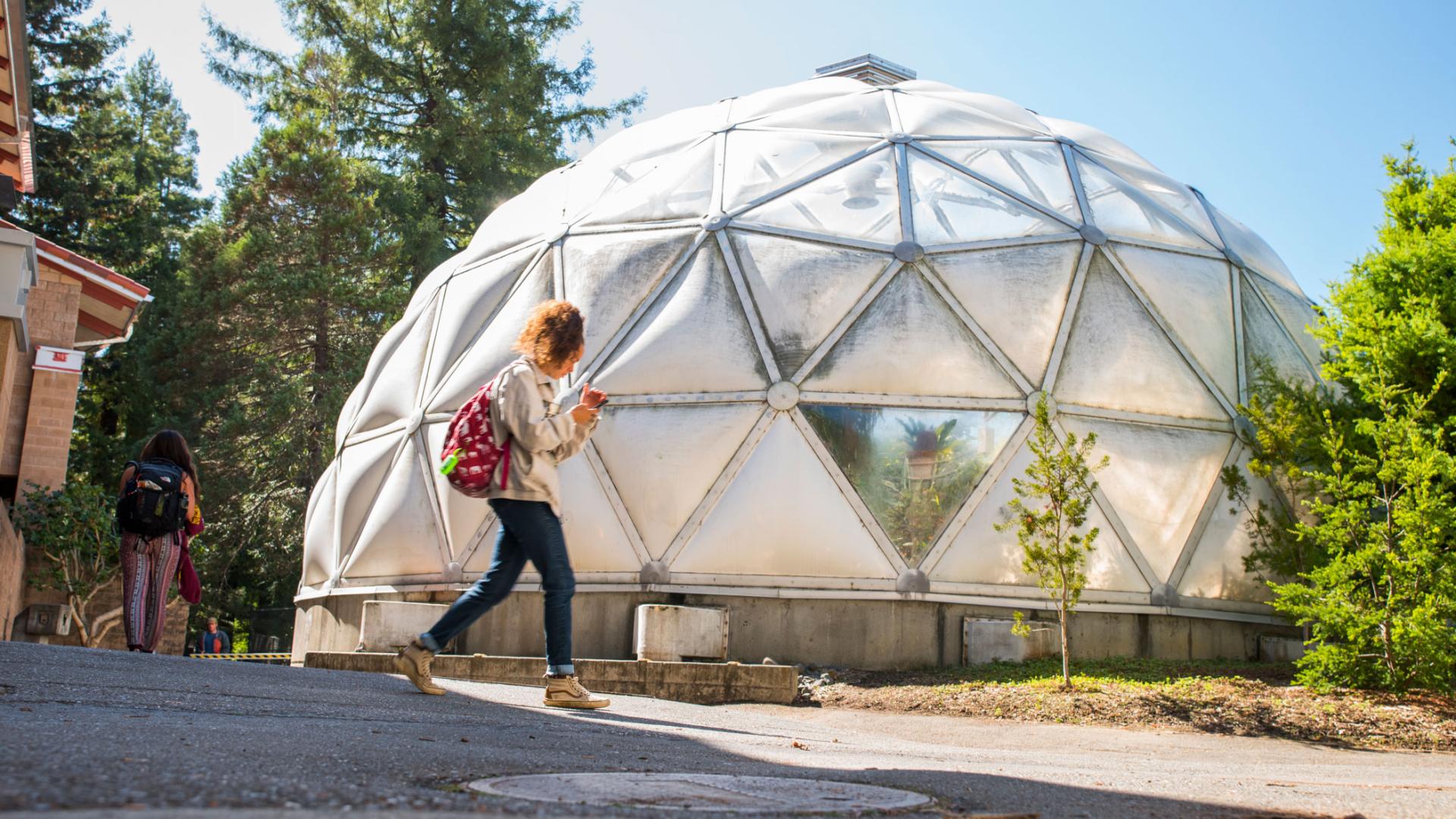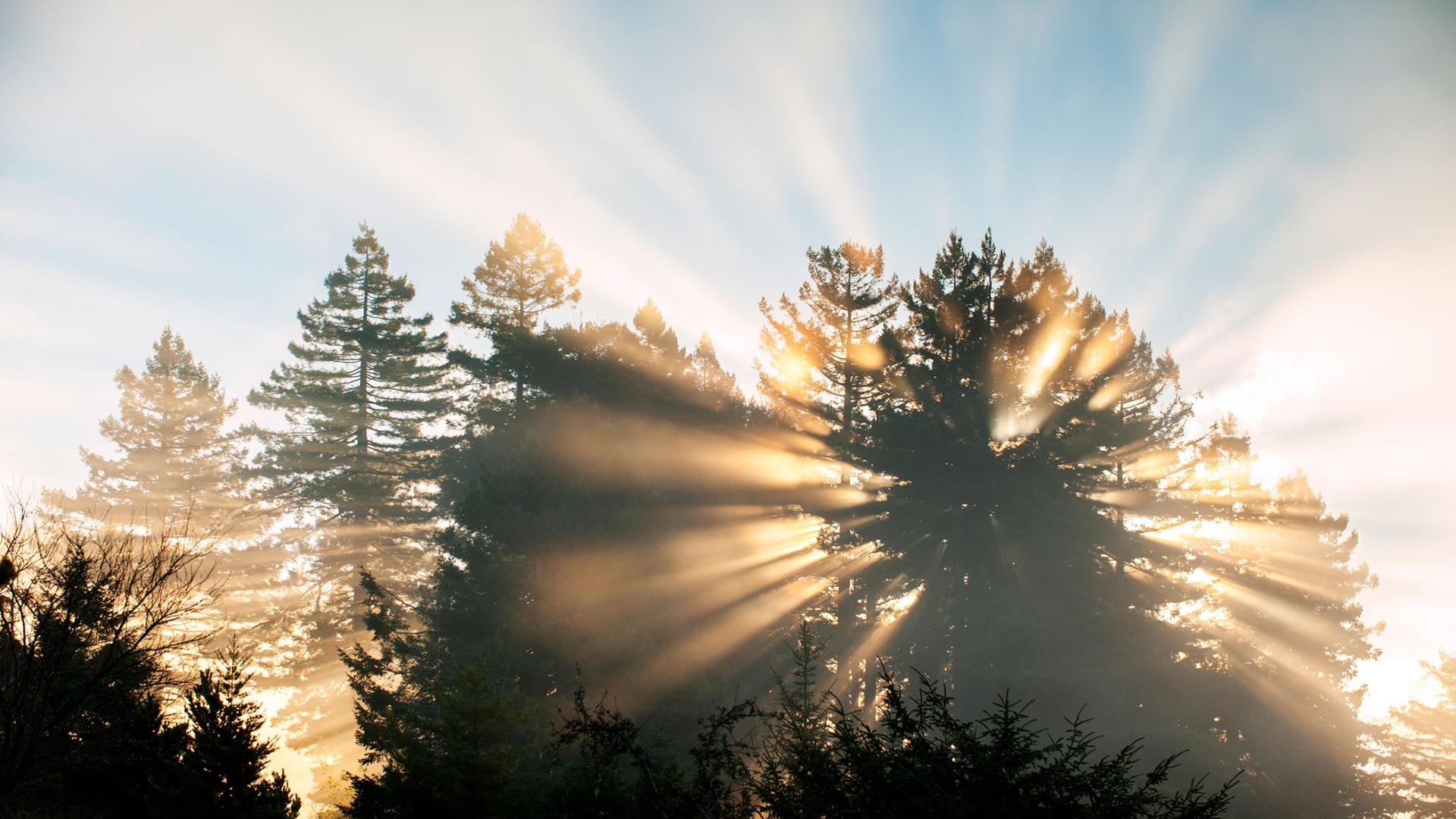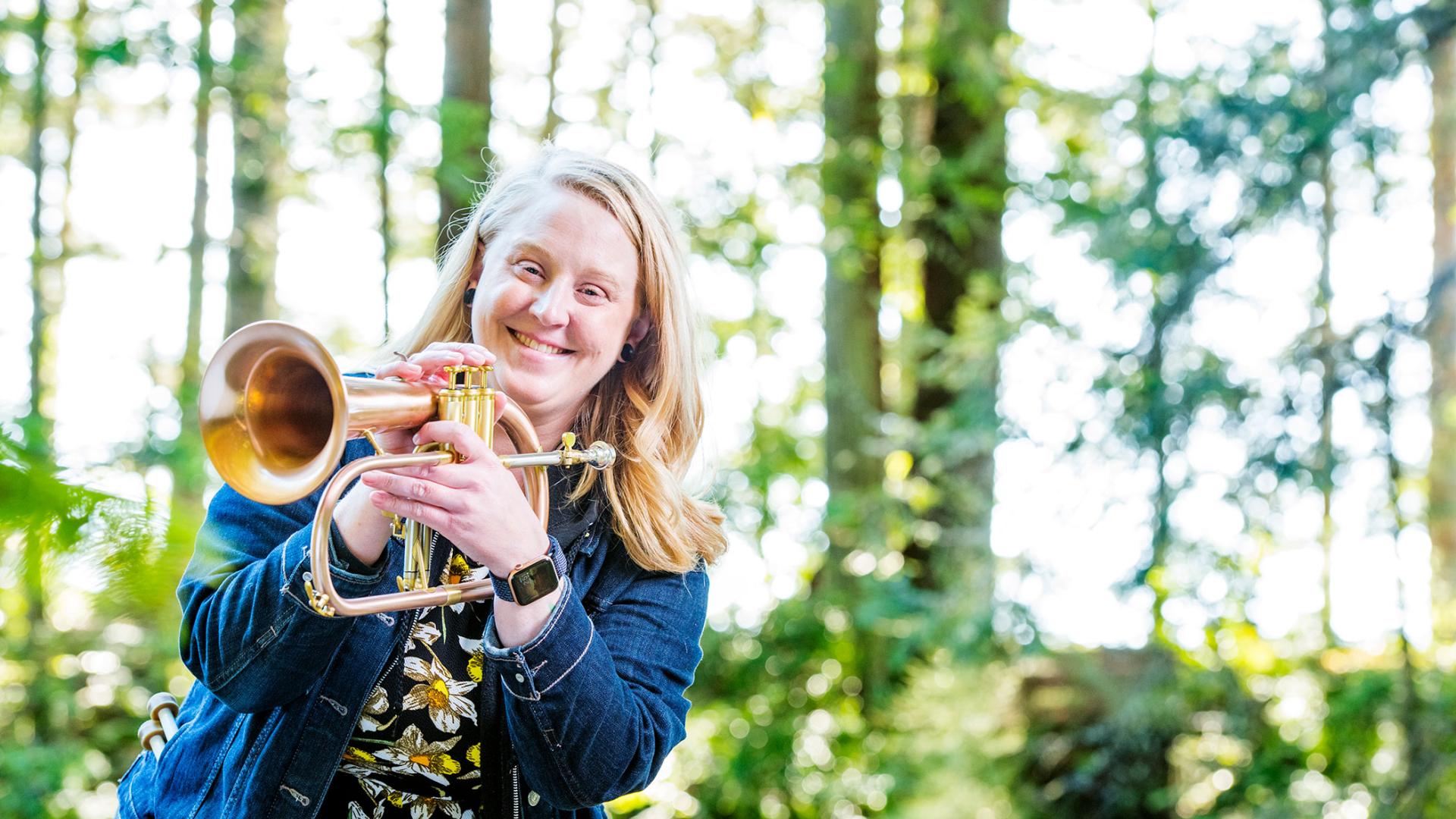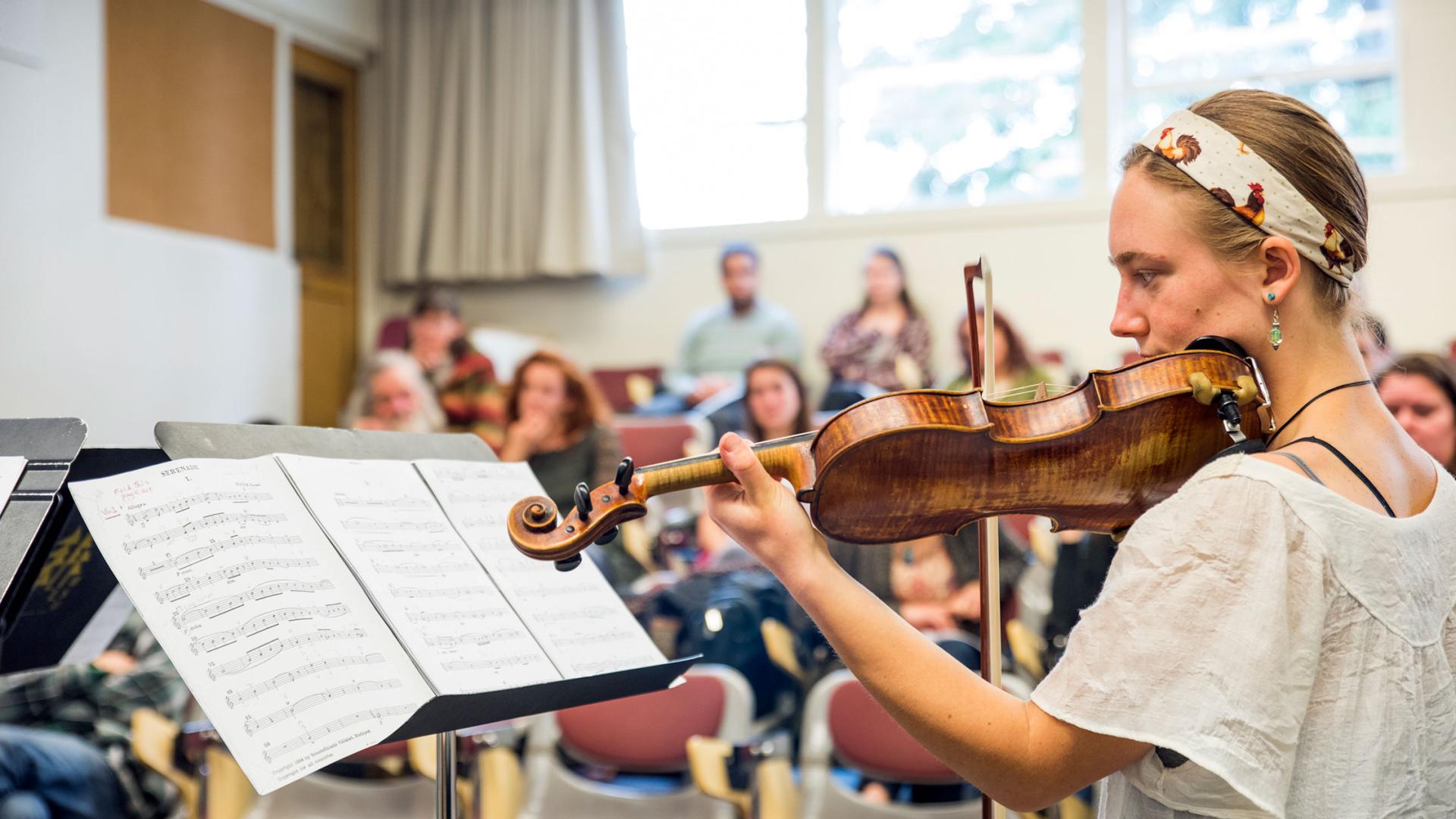Breadcrumb
Third Street Gallery archive: 2013 Exhibitions: Dragon Summer: Alumni Artists Emerging from Humboldt State University
Third Street Gallery • -
Humboldt State University First Street Gallery presents, Golden States of Grace: Prayers of the Disinherited, a photo documentary exhibition by Rick Nahmias. This acclaimed traveling exhibition of black and white photography aims to give image and voice to nearly a dozen virtually invisible communities on California's religious landscape. Golden States of Grace will run from February 1st through March 3rd.
California has long been sanctuary to people of myriad religious faiths - those in the mainstream as well as those existing on the fringes of society. While conventional middle class religion is widely visible, rarely seen are the sacred worlds of marginalized groups: the outcasts, the fallen, those society has labeled as "other" - those for whom religion was arguably first formed, but who now worship as a means of finding refuge or of forging community where they would otherwise have none.
Golden States of Grace, created by acclaimed photographer and writer, Rick Nahmias, documents groups ranging from a transgender gospel choir, to San Quentin inmates who have converted to Zen Buddhism, to a branch of the Mormon Church created by and catering to the Deaf, to a halfway house for recovering Jewish addicts. Each participating community in the project represents a different denomination, different part of the state's geography, and different ethnic group.
From 2003-2006, Nahmias examined the question: "How are spiritual individuals who live outside the mainstream of an increasingly fundamentally faith-based society, finding place, meaning and community in their lives?" To do this, he spent time documenting those who, because of world events, society's prejudices, or their own actions, have been all but silenced.
Merging art, humanities and theology, Golden States of Grace will bring together the personal and collective histories of spiritual groups from Santa Rosa to San Diego who, consciously or not, are reinventing time-honored modes of worship and ritual and pushing their respective traditions into the 21st century. With Golden States of Grace, Nahmias wants to provide more than a window to view diverse religions and lifestyles - he hopes to encourage his audience to "see the 'us' in 'them.'"
"Rick is extremely skilled at entering communities, winning people's trust, and capturing the spirit of a place and its people. His photographs share the triumphs, joys, and anguish of his amazingly diverse subjects, and offer us captivating images of overlooked residents of our golden state." says Lois Ann Lorentzen, Ph.D., Director of The Religion and Immigration Project at the University of San Francisco, which along with The Pew Charitable Trusts and The Kurz Family Foundation supplied seed grants to the project.
The exhibition will run from February 1st through March 3rd, 2013. HSU First Street Gallery is open Tuesday through Sunday, noon to 5:00 p.m. and is located at 422 First Street, Eureka, California. Admission is free and those planning group tours are encouraged to call ahead at (707) 443-6363 or visit ricknahmias.com
A weekend of exhibition-related events, presentations and symposia will commence on March 1st:
KEYNOTE SPEECH - ARTIST'S TALK
Rick Nahmias will present a slide show and discuss his approach to documenting marginalized communities at prayer in their own faith traditions.
Free to the public, all participants are welcome.
Date & Time: March 1, 2013. 5 p.m.
Place: Room 102, Art Department Building, Humboldt State University Campus,
intersection of B Street and Laurel, Arcata, CA
RECEPTION FOR THE ARTIST, RICK NAHMIAS
Public Reception and Book Signing
A closing reception and book signing for the artist will be held at HSU First Street Gallery where Rick Nahmias will be present to meet the public and to sign his book, Golden States of Grace: Prayers of the Disinherited. The book was named Best Religion Book of 2012 by the Arizona-New Mexico Book Awards.
Free to the public, all participants are welcome.
Date & Time: Saturday, March 2nd, 2013, 6 - 9 p.m.
Place: Humboldt State University First Street Gallery, 422 First Street, Eureka, CA 95501
SYMPOSIA
The public is invited to participate in a weekend of free related talks and presentations, March 2 - March 3. For additional information contact Dr. Sara Jaye Hart, 707-601-6619 or sarajaye@gmail.com
Religion and Social Action Symposium
Following an informal, coffee and bagel reception, local community leaders, authors, activists, and HSU faculty from related fields will present talks and lead discussions on a range of issues addressing the role of both individual belief and faith communities in motivating programs of social change.
Detailed schedule: To Be Announced.
Free to the public, all participants are welcome.
Date & Time: Saturday, March 2nd, 2013, 9:30 a.m.
Place: Native American Forum, BSS Building, Humboldt State University Campus, Union Street at 16th Street, Arcata, CA.
Believing, in a Place - A Symposium
Local religious leaders, authors, and activists will join HSU faculty and students to consider how place influences faith, how a community's material environment helps to shape its worldviews. Detailed schedule: To Be Announced.
Free to the public, all participants are welcome.
Date & Time: Saturday, March 3rd, 2013, 11 a.m.
Place: Native American Forum, Behavioral & Social Sciences Building, Humboldt State University Campus, Union Street at 16th Street, Arcata, CA.
RELATED EXHIBITIONS
Collaborate, Create, Communicate
Opening on Valentine's Day 2013, The Reese Bullen Gallery hosts Collaborate, Create Communicate, an exhibit of collaborative artworks by members of the HSU community created around the thematic elements of acceptance, diversity, tolerance and inclusion.
Free to the public, all participants are welcome.
Place: Reese Bullen Gallery, Art Department Building, Humboldt State University
Campus, intersection of B Street and Laurel, Arcata, CA.
Dates & Times: February 14 - March 14, 2013, Monday - Wednesday, 12-5 p.m. Thursday, 12-7 p.m. Friday, 12-5 p.m. Saturday, 10 a.m.-2 p.m.
Opening Reception: Thursday, February 14, 4 - 6 p.m.
Contact: Michele McCall-Wallace, Gallery Director, 707-826-5814,
rbg@humboldt.edu
Fixing the Earth: NOW!
Fixing the Earth: NOW sheds light on the traditional tribal practice of healing the earth through World Renewal Ceremonies. The exhibit highlights an on-going dialogue about World Renewal and art between the artists, cultural leaders and community members.
Free to the public, all participants are welcome.
Place: Goudi'ni Gallery, Behavioral & Social Sciences Building, Humboldt State
University Campus, Union Street at 16th Street. Arcata, CA.
Dates & Times: February 21 - April 27, 2013, Monday - Wednesday, 12-5 p.m.
Thursday, 12-7 p.m. Friday, 12-5 p.m.
Opening Reception: Thursday, February 21, 5 - 7 p.m.
Contact: Michele McCall-Wallace, Gallery Director, 707-826-5814, rbg@humboldt.edu
The Golden States of Grace exhibition and related programs are funded in part by generous support from the Humboldt State University Instructionally Related Activities Fund, the Humboldt State University Loyalty Fund, the HSU Center for Indian Community Development, an HSU Office of Diversity and Inclusion Program Grant and by generous donors in our community.
These exhibitions and programs are a collaborative project by Humboldt State's Department of Religious Studies, Art Department and HSU First Street Gallery. Special thanks are extended to Dr. Sara Jaye Hart, Professor Michele McCall-Wallace, Jack Bentley, Dean Kenneth Ayoob, Provost Robert Snyder, President Rollin Richmond and to Dr. Harry Wells.





